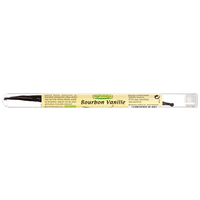Genuine Bourbon vanilla - many Rapunzel products are hard to imagine without it. Its balsamic, warm aroma refines bread spreads like Samba and many different pastries. Its unique, delicate aroma is the result of many small processing steps. Learn more more about the queen of spices, its cultivation and botany, the harvest and the processing of vanilla.

Interesting facts:
- Vanilla (Vanilla planifolia) is the queen of spices and next to saffron it is the most valueable spice worldwide.
- The denomination „Bourbon“ is protected today and may only be used if the vanilla is grown in Madagascar, in the Comoros or in La Reunion.
- The vanilla for all Rapunzel vanilla products comes from the HAND IN HAND cultivation partner Vaniacom in the Comoros.
- While synthetically produced vanillin is added to many products, Rapunzel uses only the vanilla spice from natural vanilla beans.
- The natural vanillin content determines the quality - the higher the vanillin content the better the quality and the aroma. The vanillin content may range between 1.5 and 2.4 percent.
- The aroma of the vanilla pod, however, does not only consist of vanillin but has an extremely complex spectrum that consists of more than 150 different components. This is what makes the vanilla aroma so unique.
Botany & history
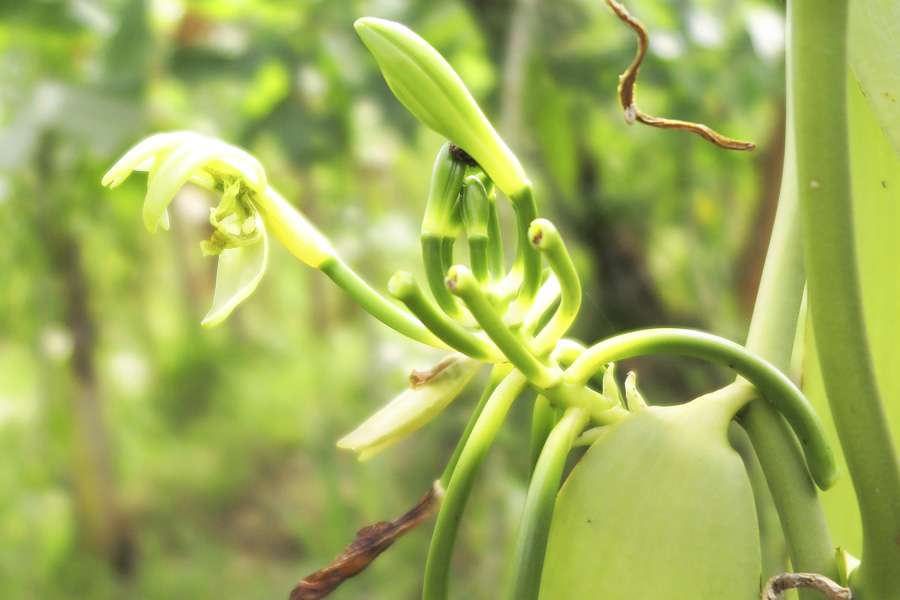
The pollinated flower of a vanilla plant
Vanilla (Vanilla planifolia) belongs to the orchid family (Orchidaceae) and is the only crop plant within this genus. Originally, it grew exclusively in coastal tropical rainforests of southeastern Mexico and Central America. Vamilla gows only in tropical mixed culture and, as a climbing plant, can form tendrils up to ten meters long.
According to legend, the Spanish conqueror of Mexico, Hernán Cortés, was the first European who become acquainted with the aromatic orchid fruit in the year 1519.
According to legend, the Spanish conqueror of Mexico, Hernán Cortés, was the first European who become acquainted with the aromatic orchid fruit in the year 1519.
Soon after the conquest of Mexico, the first vanilla beans arrived in Spain. Thus, the word "vanilla" is of Spanish origin and means "small pod". At the beginning of the 17th century, vanilla began its triumphal procession at the European royal courts.
The vanilla-loving French, in particular, planted large-scale vanilla cultures in their overseas possessions that were climatically suitable. For example, in the colonies on Madagascar, the Seychelles and Comoros, and on La Réunion.
The vanilla-loving French, in particular, planted large-scale vanilla cultures in their overseas possessions that were climatically suitable. For example, in the colonies on Madagascar, the Seychelles and Comoros, and on La Réunion.
Cultivation and Harvest
Vanilla is a perennial climbing plant that only grows in tropical mixed culture. It needs a tree as a supporting plant, on which it can climb up to ten meters. Many farmers also cultivate vanilla in their vegetable gardens along with mango, nutmeg, pineapple and sugar cane.
The grape-shaped inflorescences consist of eight to ten yellowish-green, strongly fragrant orchid flowers with about the length of a finger.
The grape-shaped inflorescences consist of eight to ten yellowish-green, strongly fragrant orchid flowers with about the length of a finger.
In October begins the flowering period, which lasts for three months. Per day never more than one flower of an inflorescence blooms; the inflorescence will bloom only for a few hours and on a single day. Thus, farmers go to their plantations every day, preferably in the morning and evening. In pollinated flowers the ovary begins to grow. After about four to six weeks, the greenish fruit, which resembles a pole bean, has reached its final length of 15 to 18 cm.
October and November are also the months for new plantings. For this, pieces are cut from the long lianas of the vanilla plant and placed in the ground as new cuttings.
October and November are also the months for new plantings. For this, pieces are cut from the long lianas of the vanilla plant and placed in the ground as new cuttings.

The flowers are pollinated with a long bamboo stick
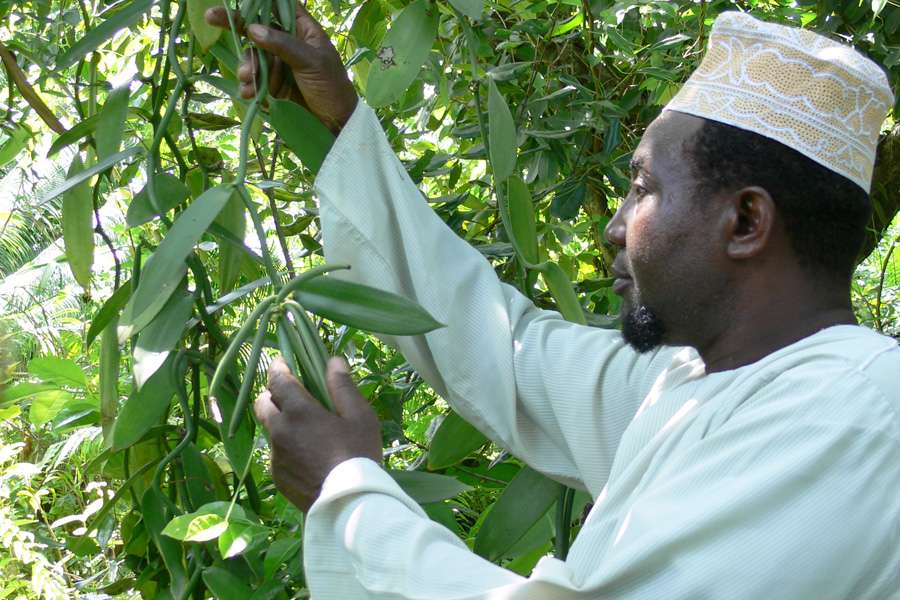
A vanilla farmer examines the degree of maturity of the vanilla pods
In nature, vanilla can only be pollinated by certain species of bees and hummingbirds, but these are found exclusively in the original home country of Mexico. In today's major cultivation areas, Madagascar and the Comoros, vanilla must therefore be pollinated by hand with the aid of a bamboo stick.
Vanilla flowers have both male and female reproductive organs that are separated by a tongue-shaped leaf. Therefore, the pollination process requires help, whether from insects, hummingbirds or farmers.
The fruits are ready for harvesting about eight months after pollination, when the color of the pods changes from green to yellow.
Vanilla flowers have both male and female reproductive organs that are separated by a tongue-shaped leaf. Therefore, the pollination process requires help, whether from insects, hummingbirds or farmers.
The fruits are ready for harvesting about eight months after pollination, when the color of the pods changes from green to yellow.
Determining the best time to harvest requires a great deal of experience and is a decisive factor for the quality. The fruits waiting to be harvested must be checked and picked daily. Therefore, the harvest period extends over three months. Since the plants grow mainly in the rainforest, harvesting is also very time-consuming.
It takes three years from the setting of cuttings into the ground to the first harvest. This is also one of the reasons why vanilla is subject to extreme price fluctuations. Because when prices are low, many growers do not take sufficient care of their vanilla plantations. This causes a shortage in supplies and prices rise. Subsequently, at least three years will pass until the harvest will be sufficient once more.
It takes three years from the setting of cuttings into the ground to the first harvest. This is also one of the reasons why vanilla is subject to extreme price fluctuations. Because when prices are low, many growers do not take sufficient care of their vanilla plantations. This causes a shortage in supplies and prices rise. Subsequently, at least three years will pass until the harvest will be sufficient once more.
Processing

Once the fermentation and drying are finished, the vanilla beans are sorted by length and manually bundled
Immediately after the harvest, the vanilla bean is totally tasteless and odorless. The typical vanilla aroma must first be released through a fermentative process that must be initiated no later than two days after the pod was harvested.
For the fermentation, the beans must be shortly dipped into a hot water bath. Subsequently, they are wrapped in blankets and put in wooden boxes where they are fermenting for several weeks. One kilogram of brown, fermented vanilla requires five kilograms fresh vanilla pods.
For the fermentation, the beans must be shortly dipped into a hot water bath. Subsequently, they are wrapped in blankets and put in wooden boxes where they are fermenting for several weeks. One kilogram of brown, fermented vanilla requires five kilograms fresh vanilla pods.
The process is repeated several times for about six months until the vanilla becomes the spice that we know with its incomparable taste.
Fermented vanilla must be dried two to three months in well-ventilated storage rooms. After that, the vanilla beans are manually sorted according to length, packed into bundles and readied for transport to Europe.
Fermented vanilla must be dried two to three months in well-ventilated storage rooms. After that, the vanilla beans are manually sorted according to length, packed into bundles and readied for transport to Europe.
Fair HAND IN HAND Bourbon vanilla from the Comorian islands
Rapunzel sources all organic Bourbon vanilla from Vaniacom, a socially minded enterprise in the Comoros. Vaniacom is one Rapunzel's HAND IN HAND partners. The vanilla farmers and the entire processing staff profit from our proprietary, externally certified fair trade program.
With the HAND IN HAND bonus that Vaniacom receives in addition to fair trade prices, a health insurance was established for the vanilla farmers cooperative. Thus, fair trade with Rapunzel gives the producers a real perspective.
With the HAND IN HAND bonus that Vaniacom receives in addition to fair trade prices, a health insurance was established for the vanilla farmers cooperative. Thus, fair trade with Rapunzel gives the producers a real perspective.

A strong woman: Vaniacom manager Sitti Chihabiddine is highly esteemed by the vanilla farmers
Tips & tricks
Storage of vanilla products
Vanilla is not only a very versatile spice to combine and harmonize flavors. If you treat vanilla properly, you can store it for a very long time and even use it several times.
Important: always store vanilla in a well-sealed container / jar, preferably in a cool and dark place.
Multiple use of vanilla beans
- Cut the pods into larger pieces, put them in a jar with sugar and close tightly. The sugar will take on the flavor of the vanilla.
- Cut the empty pods into one centimeter long pieces and place in a tin with black or green tea for flavoring.
- When making coffee, add a piece of pod into the coffee filter and brew together.
- Boil the empty pod in applesauce - this absorbs the acidity and you hardly need any sugar.
- The pod cooked in milk for pudding or semolina porridge conjures a mild vanilla flavor in your dessert.
Frequently asked questions about vanilla
White cystals on the Bourbon vanilla pods?
During storage, a kind of "hoarfrost" of natural vanillin crystals may form on the surface of the pod. This is evidence of extremely high quality vanilla beans. The crystals are edible and very aromatic.
How much vanilla powder is equivalent to one vanilla beans?
About 1/2 to 1 teaspoon of ground vanilla powder is equivalent to two vanilla beans. Vanilla powder is made from the whole, ground vanilla bean - not just from the pith!
Recipes with vanilla products

Oriental milk rice with orange date sauce

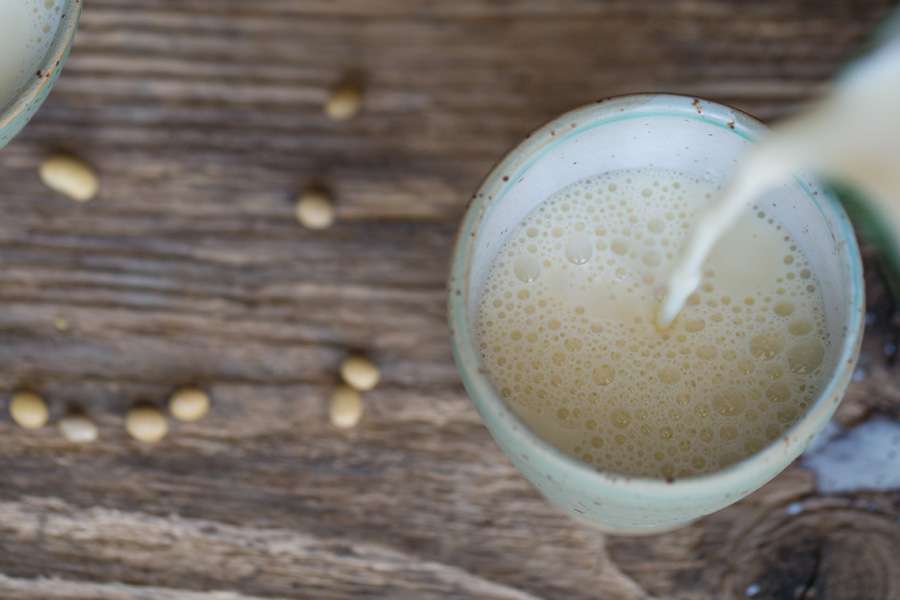
Homemade Soymilk


Rhubarb pie with almonds

Bread and apple pudding


Carrot cake with walnuts and butter cream

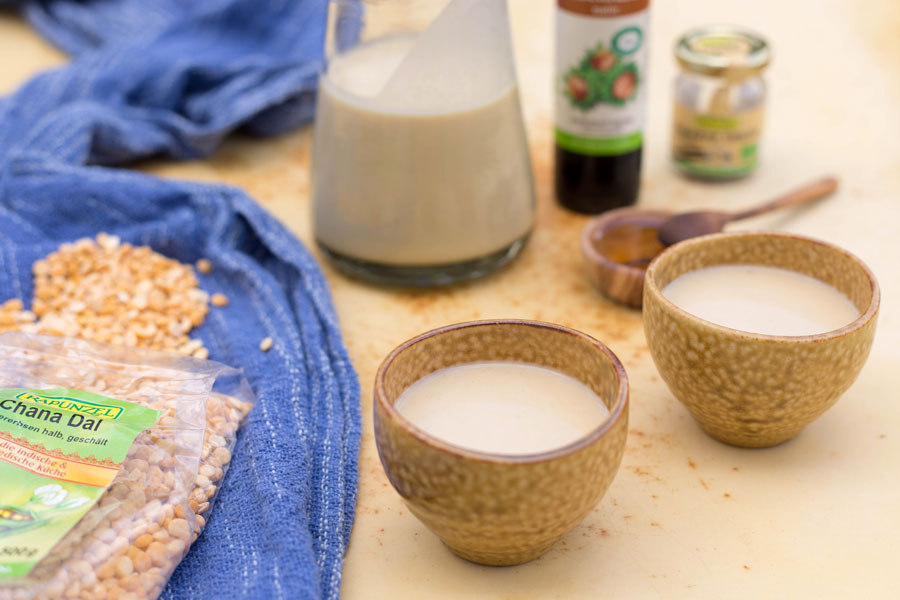
Homemade chickpea milk with almond oil
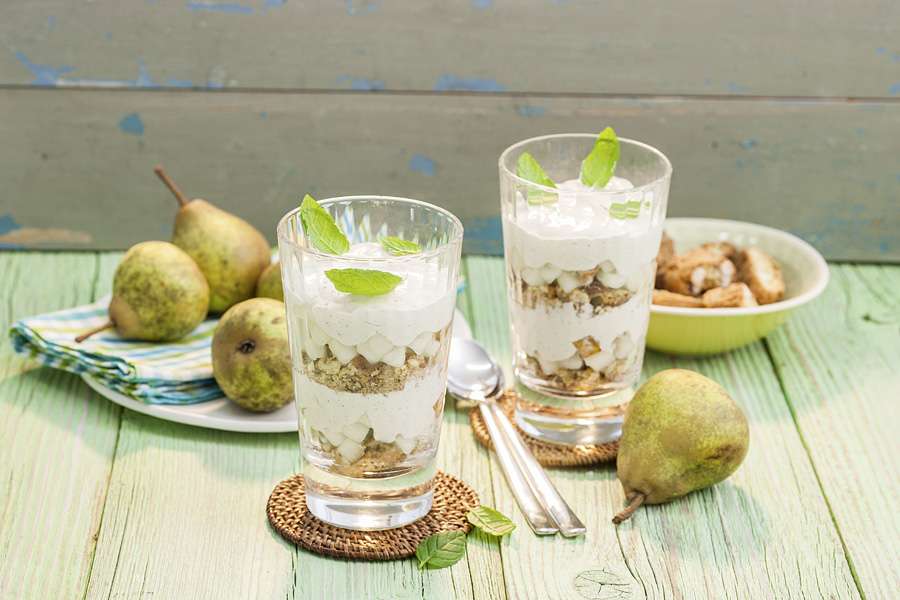
Skyr dessert in an infinite number of variants


Cocktail with date and lime


Turmeric Latte - Iced golden milk

Ghee Power Coffee


Vegan Mousse au Chocolat


Homemade Almond Milk


